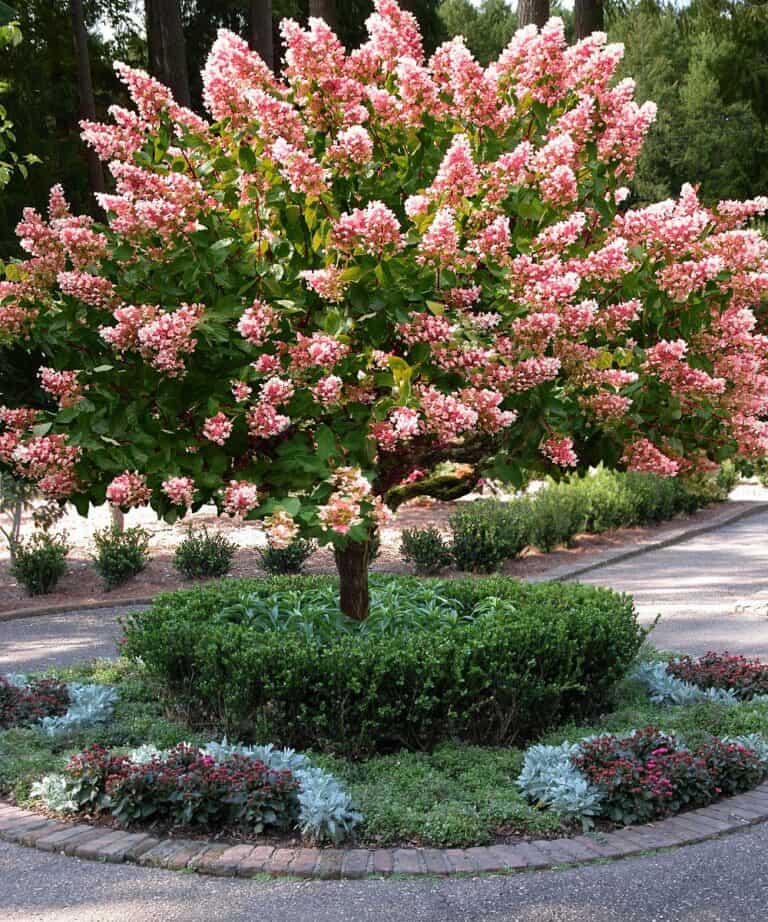
Sturdy Rootstock Seeks Beautiful Scion for Lasting Relationship
Grafting fascinated me as a child. We had a large pear tree on the farm, and it bore three distinct varieties of pear. The original rootstock was allowed to grow up and bear fruit, but two branches of other varieties were also grafted onto the rootstock, creating a tree with a virtual orchard of options on one trunk. Once I knew what grafting was, and that it was a common practice, I saw it frequently. I knew where to look for the line where rootstock and scion meet, typically quite close to the ground. The scion is a detached living portion of the plant, such as a bud or a shoot, joined to a stock.
Grafting is the art and science of pairing a sturdy rootstock with a scion or top of a related variety. There are typically a few regionally desirable rootstocks for fruiting or flowering woody ornamentals, but there may be hundreds of compatible scion varieties.
Grafting fruit trees creates a plant with a hardy rootstock, often with superior cold hardiness and tolerance for varied soils, while allowing the variety of fruit desired, often in a compact form. One of the drawbacks to the pear on the farm was the height of the tree. It was not dwarfed, so ladders had to be put up to pick the fruit before it fell. A ripe pear is not edible after a 30’ fall, though the deer and other animals certainly did not mind. The buzz of happy bees was common when that tree was in flower, and wasps were the excited visitors when the fruit was fermenting on the ground.
Grafting tea roses or shrub roses can create a winter hardy plant with a wide variety of color choices, or even a novelty plant with multiple colors on one plant. This is also true with Rose of Sharon.
Some common landscape plants that may be grafted are ash, beech, and birch, as well as some cedars.
Grafting fruit trees allows a quicker maturity of a newly-planted tree, rather than having to wait 3-5 years for fruit bearing. Grafting can improve disease resistance, and create a more compact plant. This affords easier harvesting, and can create a tree or shrub that requires less water and land to produce the same quantity of fruit. Grafting shrubs assists in creating varieties that stay compact and thus require less pruning to maintain a desired shape and size.
We are always glad to assist in the selection of the correct species for your project. We create a functional and pleasing design to fit your topography, soils and exposures. Call and ask for Alexa to discuss your project and schedule a meeting.
